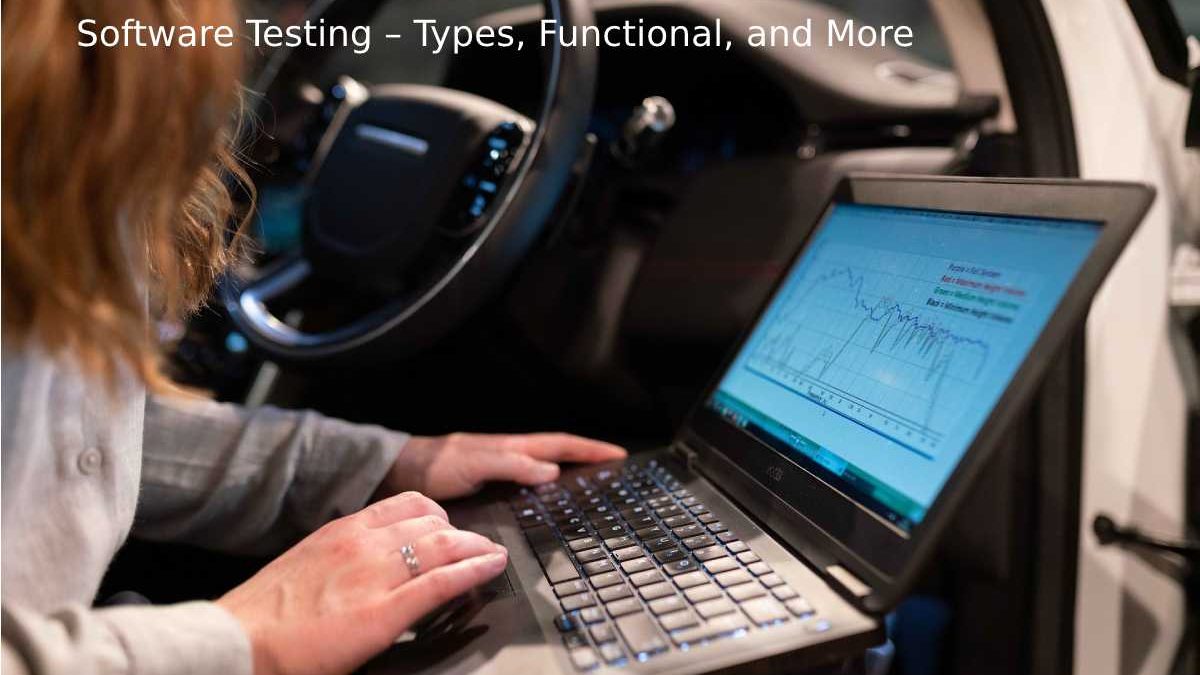Table of Contents
Software Testing
Software testing is the method or process of identifying faults in software applications or programs to ensure that the applications function following the needs of the end users.
Software testing compares the fundamental requirement to the system under test to look for errors, gaps, or missing requirements. Functional testing and non-functional testing are the two main categories of software testing.
What is Software testing?
When to start testing activities: Testing should start as soon as possible to reduce rework time and costs and produce bug-free software to deliver to the customer.
In the software growth life cycle (SDLC), testing can begin at the requirements-gathering phase and continue until the software is in production. It also depends on the development model being used.
For example, in the Waterfall model, the tests start from the test phase further down the tree, but in the V model, the tests run parallel to the development phase.
When to stop testing activities: An application can never be 100% bug-free. Therefore, determining when you can stop testing is difficult. However, the following things are taken into account when stopping test activities:
- Test terms
- Completion of the test case execution cycle
- Completion of functional tests and code coverage up to an agreed limit
- High-priority errors are not found, and the error detection rate decreases after a certain level
- Management decision A software testing process consists of the activities listed below:
- Planification and control
- Analysis and design
- Implementation and execution
- Meet exit criteria
- Test closure activities.
TYPES OF SOFTWARE TESTING
Unit tests
- Unit tests are very low-level and close to the origin of an application. They consist of testing individual methods and functions of your software’s classes, components, or modules.
- Unit tests are generally relatively cheap to automate and can quickly be on a continuous integration server.
Integration testing
- Integration tests verify that your application’s different modules or services work well together.
- For example, you can test interaction with the database or ensure that microservices work together as expected.
- These tests are more expensive to run, requiring multiple application parts to be up and running.
Functional testing
- The business requirements of an application are the main focus of functional testing. When completing that action, they look at the result of the activity; they do not look at the system’s intermediate states.
- Sometimes there is confusion between integration and functional tests, as both require multiple components to interact.
- The difference is that an integration test might check that it can query the database.
- In contrast, a functional test would expect a specific value from the database defined by the product requirements.
end-to-end testing
- End-to-end testing imitates user behavior with the software in the whole context of an application.
- It can be as basic as loading a webpage or checking in, or much more sophisticated scenarios validating email alerts, online payments, etc. It confirms that multiple user processes are functioning as planned.
- Although end-to-end testing has advantages, it can be expensive to undertake and difficult to maintain when automated.
- To quickly discover breaking changes, it is advised to have a few critical end-to-end tests and to rely more on lower-level test types (unit and integration tests).
Also Read: Optimize the Speed of your Wi-Fi – Ways, Reboot, and More

